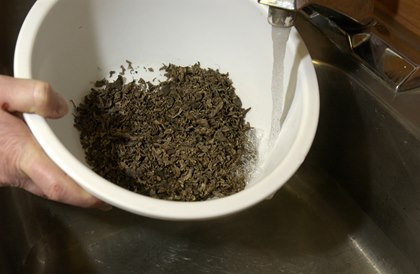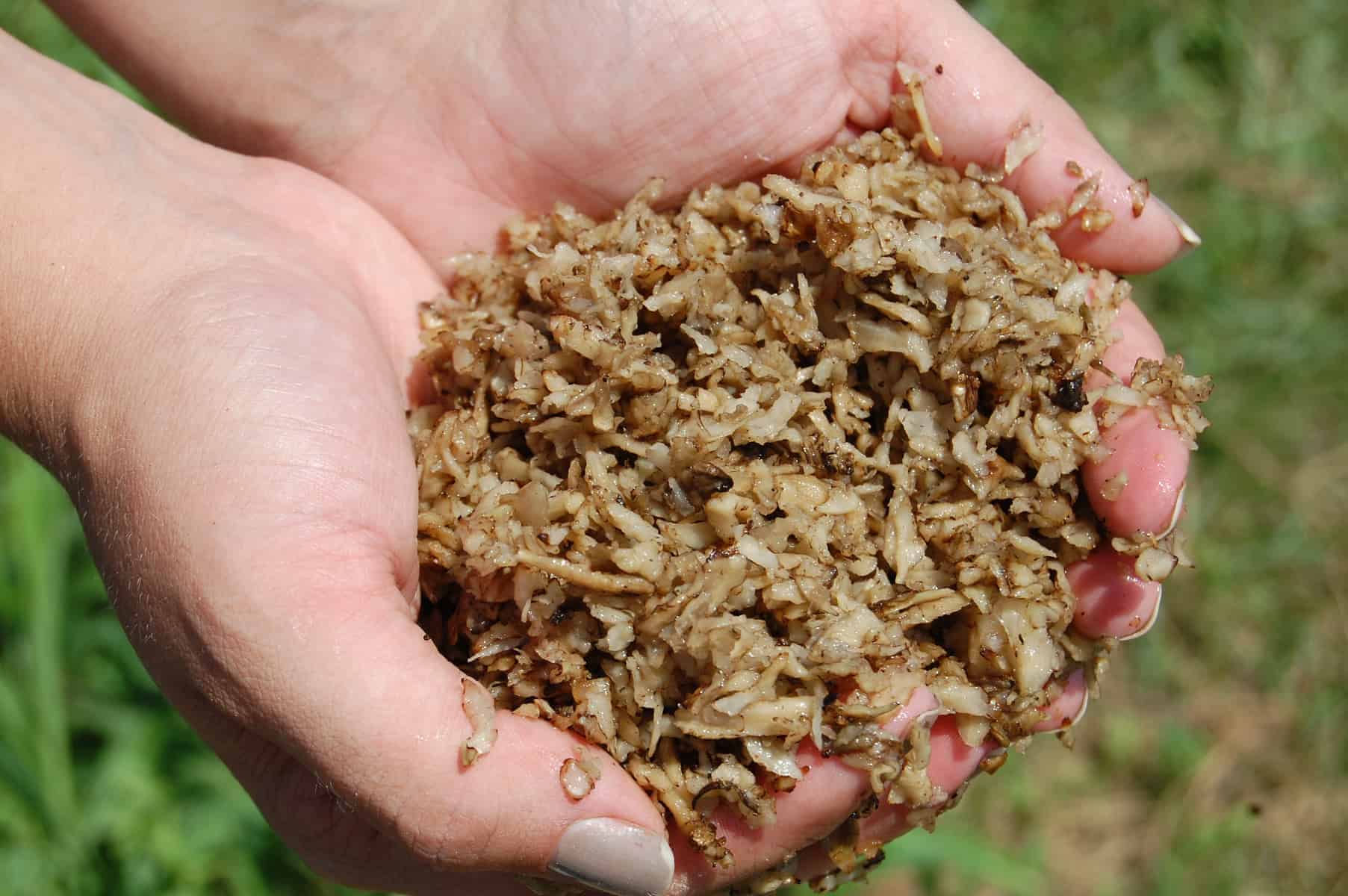Soaking Beet Pulp During Freezing Temperatures
- Posted by Clair Thunes, PhD

Q. My senior horse is having issues maintaining weight, and my veterinarian has determined he’s having age-related dental issues. He can still eat some hay, but my vet recommended that I start feeding him soaked beet pulp. The weather is very cold where we live, and the beet pulp takes forever to soak up water. If I soak it in the morning for the evening meal, it freezes. But if I soak it when I go out to feed, the pellets have barely started softening by the time I’m finished barn chores. Do you have any recommendations on how I can get this done and save a bit of time?
A. Feeding beet pulp is an excellent way to add readily available fermentable fiber to your horse’s ration and provides more calories per pound than hay. The calorie content is somewhere between that of a good-quality grass hay and oats. While beet pulp doesn’t have to be fed soaked, soaking it is a very good idea and an excellent way to get your horse to consume more water, which is an added bonus in cold climates where water consumption might be challenging.
When soaking beet pulp, you normally need about one part beet pulp and two to three parts water. This results in a well-soaked end product with some amount of water remaining. You can, of course, add more water, which results in a soupier end product. How wet you want it to be when fed depends on your horse’s preference—some horses love a good soup while others prefer it to be drier.

In warm weather, regular shredded beet pulp will soak adequately within 30 minutes to an hour. Pellets always take longer. When the weather is cold and, thus, the water used is very cold, it can take considerably longer to soak regardless of whether you’re using shreds or pellets. The trick therefore is to use warm water. This will speed up soaking times significantly. Another option is to use a specific type of beet pulp created for a rapid soak time called Speedi-Beet. This form of beet pulp supposedly soaks up to five times its weight in water in as little as 10 minutes. While not available in all locations, you can order it online.
Not all barns have access to warm water. A large electric kettle is very useful not just for this purpose but for things like making your farrier or vet a cup of coffee. If you need a larger volume of water, an immersion heater works very well. While these often have an emergency shut-off system, I would not rely on that alone. If you do not have electricity in your barn, you can bring hot water from home in a large thermos. Alternatively, taking beet pulp into the house, soaking it there, and bringing it back soaked is another option.
If using boiling water, try to avoid pouring it directly onto the beet pulp. Put colder water on the beet pulp first. If you cover the bucket with a towel or old feed bag, it will help maintain the heat in the bucket while the beet pulp soaks (think of it like a lid on a pot of oatmeal).
Hopefully one of these suggestions saves you a little time and helps your horse gain some weight back soon.

Written by:
Clair Thunes, PhD
Related Articles
Stay on top of the most recent Horse Health news with












4 Responses
Why can’t you soak your beet pulp in buckets that have coils in them that keep their water from freezing. This
Could also be used to soak pulp until you are ready to feed without freezing.
Why do you tell us not to put the hot water directly on the beet pulp, to put cold water on it first? Ive been feeding this every morning ford years and never heard not to do that. i v always use hot water from my house and feed it out at the barn shortly later-it’s always soaked in. just wondering what the reason is. thanks
I have been using beet pulp for decades and find that covering the bucket with towels or heavy blankets after adding the water greatly slows down the freezing process and allows the beet pulp to absorb the water between feedings. The wet beet pulp will also ferment a little which creates some heat, (particularly in warmer months).
Great article but PLEASE don’t say beet pulp doesn’t have to be soaked to be fed. As a veterinarian the worst cases of ‘choke I have dealt with have been when horses have got access to, or accidentally been fed, unsoaked beet pulp.